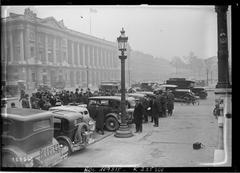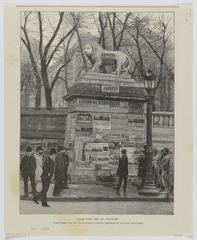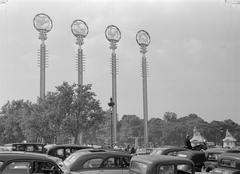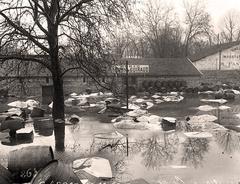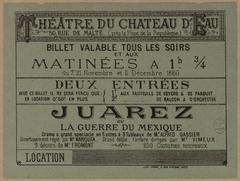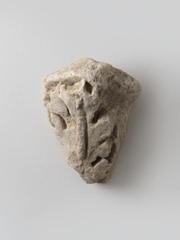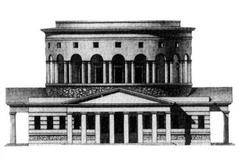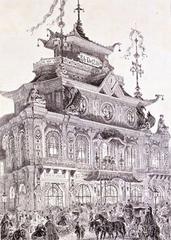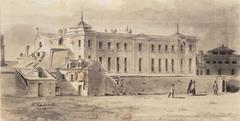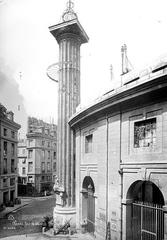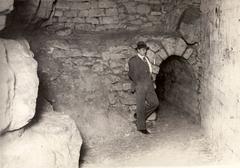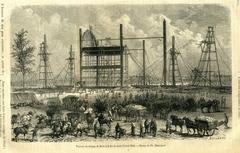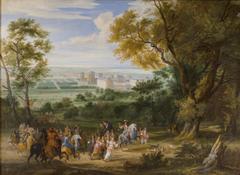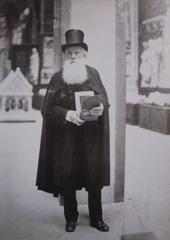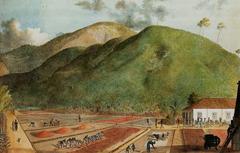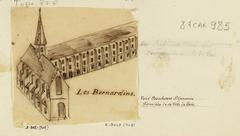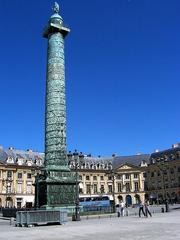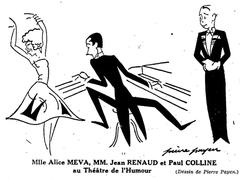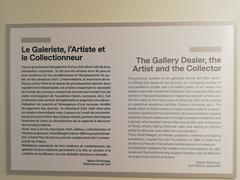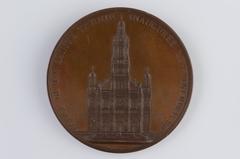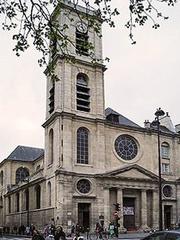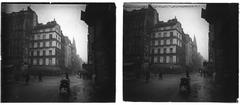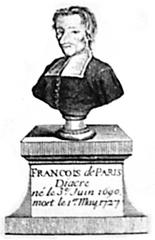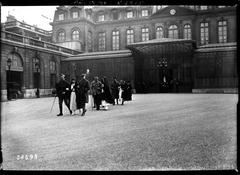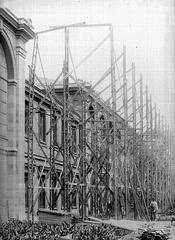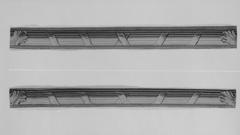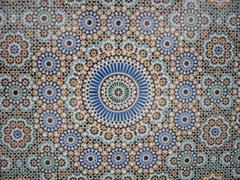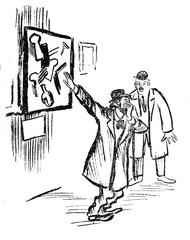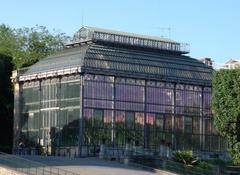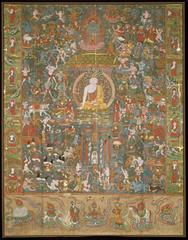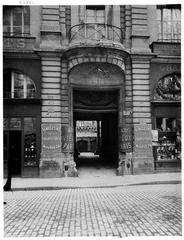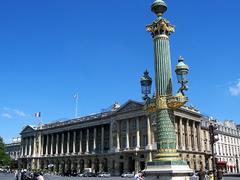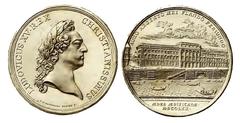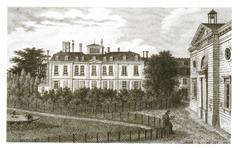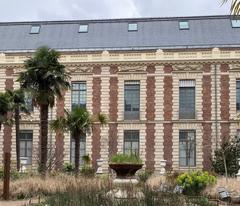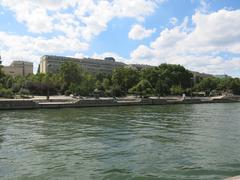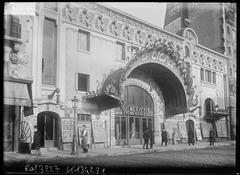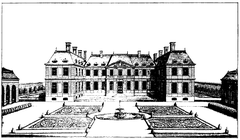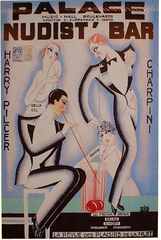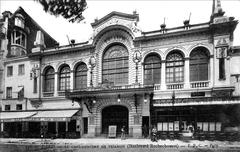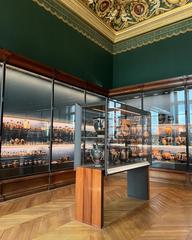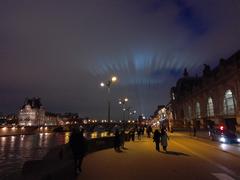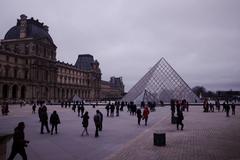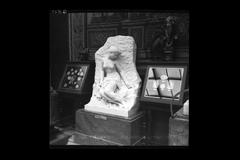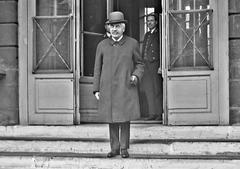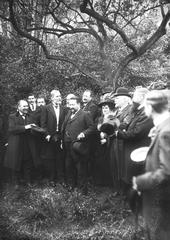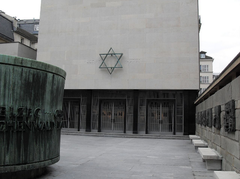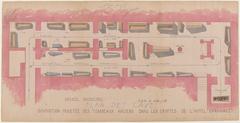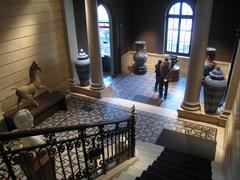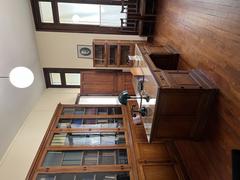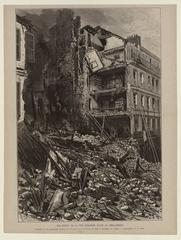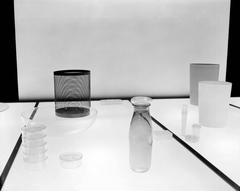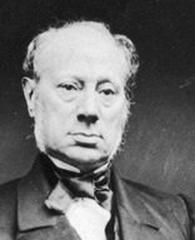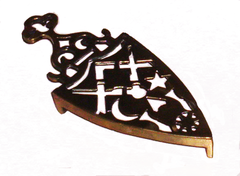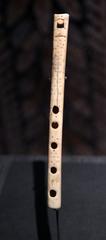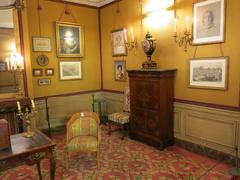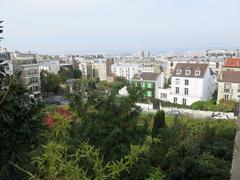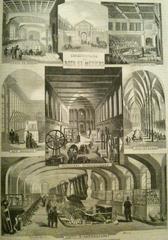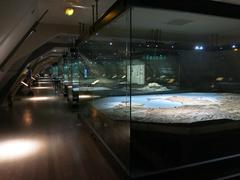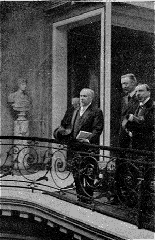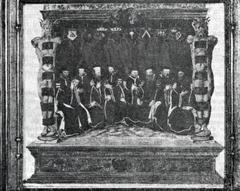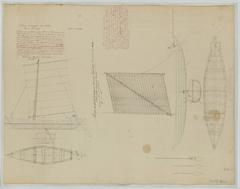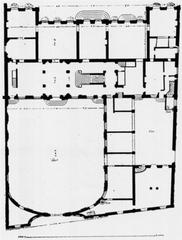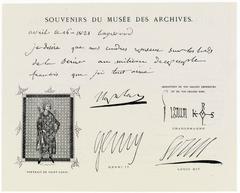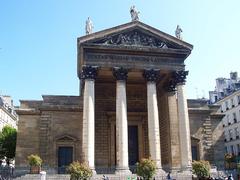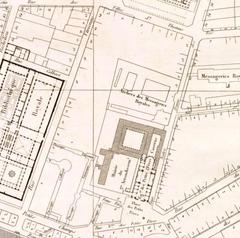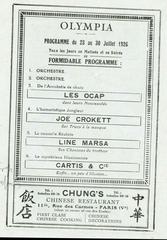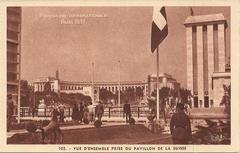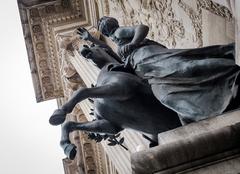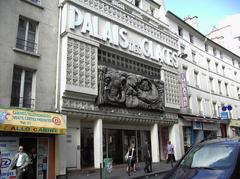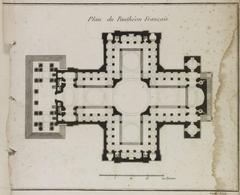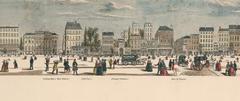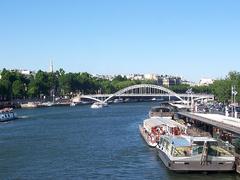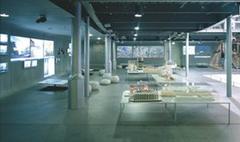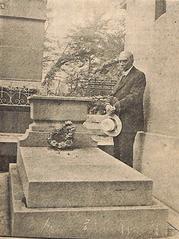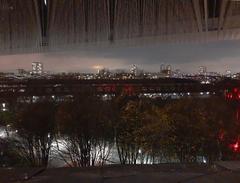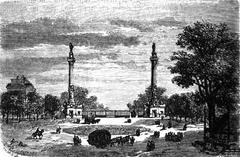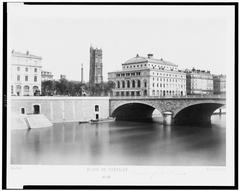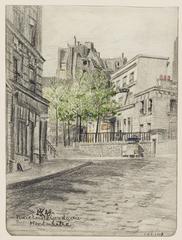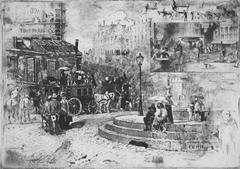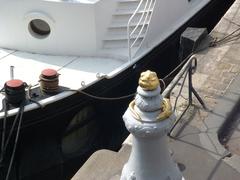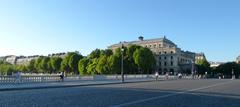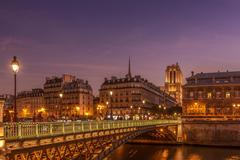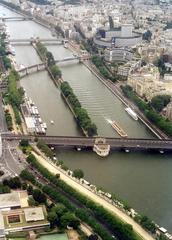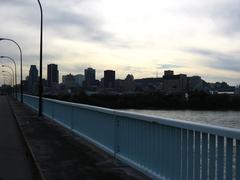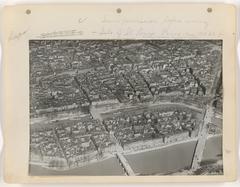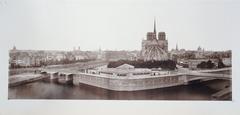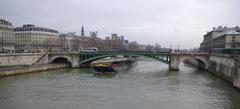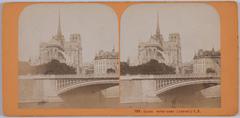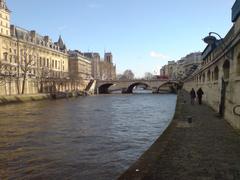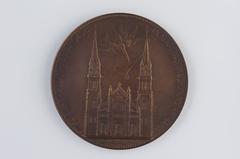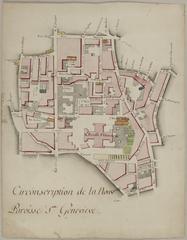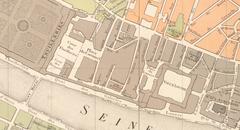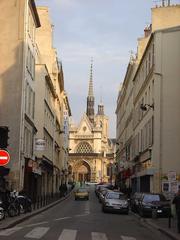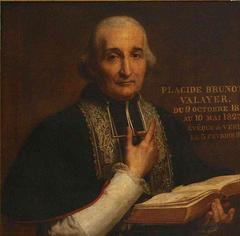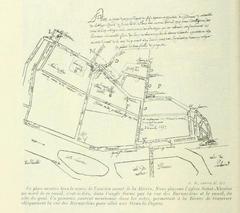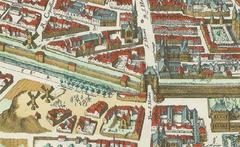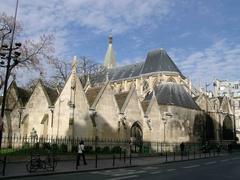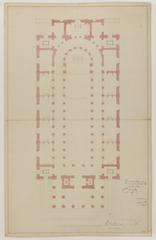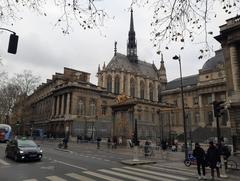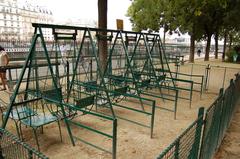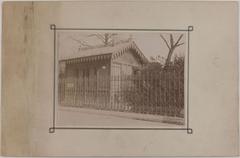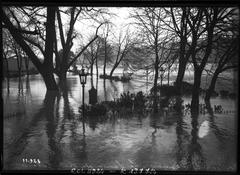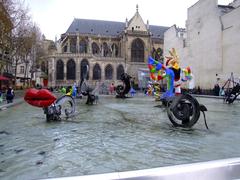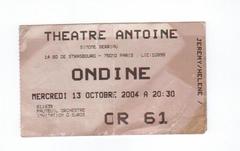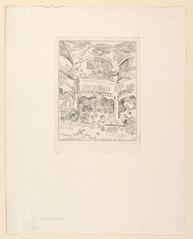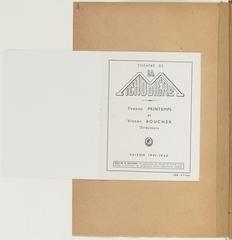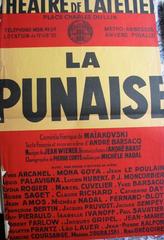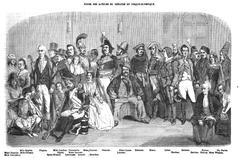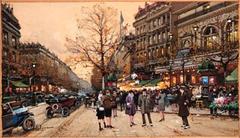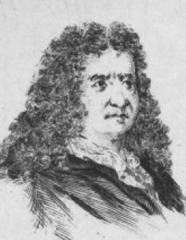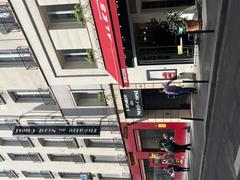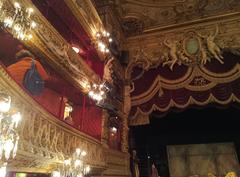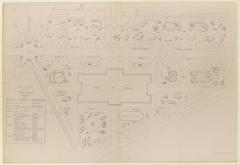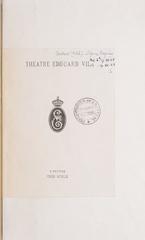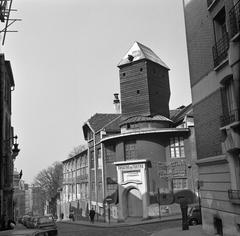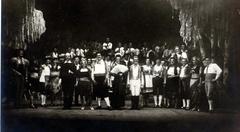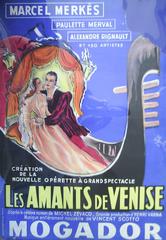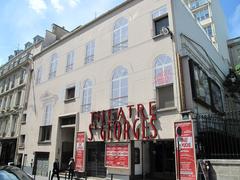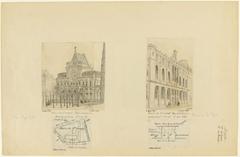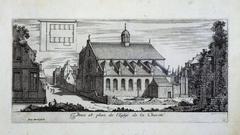
Comprehensive Guide to Visiting Place de la Concorde, Paris, France
Date: 16/07/2024
Introduction
Place de la Concorde, located in the heart of Paris, is one of the city’s most iconic and historically rich public squares. Established in 1755 and originally named Place Louis XV, it was designed by Ange-Jacques Gabriel to reflect the grandeur of the French monarchy. Over the centuries, it has witnessed significant events, including the French Revolution, where it was renamed Place de la Révolution and became the site of the infamous guillotine executions. Today, it stands as a symbol of peace and reconciliation, embodying France’s tumultuous past and its journey towards modernity (History of Place de la Concorde). Visitors are drawn to its architectural marvels, such as the Luxor Obelisk, and its strategic location between the Champs-Élysées and the Tuileries Garden, making it a must-see destination for anyone exploring Paris (Luxor Obelisk).
Table of Contents
- Introduction
- History of Place de la Concorde
- Architectural and Artistic Significance
- Modern-Day Relevance
- Visiting Information
- FAQ
- Conclusion
History of Place de la Concorde
Origins and Early Development
The Place de la Concorde was initially conceived in 1755 by Ange-Jacques Gabriel, the chief architect to King Louis XV. The square was originally named Place Louis XV to honor the king and featured an equestrian statue of him at its center. The design aimed to create a grandiose space that would reflect the glory and power of the French monarchy (History of Place de la Concorde).
The French Revolution
The square’s history took a dramatic turn during the French Revolution. In 1792, revolutionaries removed the statue of Louis XV and renamed the square Place de la Révolution. It became the site of the infamous guillotine, where King Louis XVI, Queen Marie Antoinette, and many others were executed. The guillotine was first installed on the square on January 21, 1793, and remained active until May 1795, claiming the lives of over 1,200 people (French Revolution Executions).
Post-Revolutionary Changes
After the fall of Robespierre and the end of the Reign of Terror, the square was renamed Place de la Concorde in 1795, symbolizing the desire for peace and reconciliation in post-revolutionary France. The name “Concorde” was chosen to reflect the new spirit of harmony and unity among the French people (Place de la Concorde Renaming).
The Luxor Obelisk
One of the most striking features of Place de la Concorde is the Luxor Obelisk, a 3,300-year-old Egyptian obelisk that was gifted to France by the Viceroy of Egypt, Muhammad Ali Pasha, in 1829. The obelisk, which originally stood at the entrance of the Luxor Temple, was transported to Paris and erected in the center of the square on October 25, 1836. Standing at 23 meters (75 feet) tall and weighing approximately 227 tons, the obelisk is adorned with hieroglyphics that celebrate the reign of Pharaoh Ramses II (Luxor Obelisk).
19th and 20th Century Developments
Throughout the 19th century, Place de la Concorde underwent several modifications. In 1836, architect Jacques Ignace Hittorff was commissioned to redesign the square. He added two monumental fountains, the Fontaine des Mers and the Fontaine des Fleuves, which were inspired by the fountains of St. Peter’s Square in Rome. These additions enhanced the square’s aesthetic appeal and reinforced its status as a symbol of French grandeur (Hittorff’s Fountains).
During the 20th century, Place de la Concorde continued to be a focal point for significant events. It was the site of celebrations and parades, including the annual Bastille Day military parade. The square also witnessed moments of political and social upheaval, reflecting its enduring role in the public life of Paris (Bastille Day Parade).
Architectural and Artistic Significance
Place de la Concorde is surrounded by notable architectural landmarks. To the north, the Hôtel de Crillon and the Hôtel de la Marine, both built in the 18th century, exemplify the neoclassical style. The Hôtel de la Marine, originally the headquarters of the French Navy, has been transformed into a museum that showcases French decorative arts and history (Hôtel de la Marine).
The square’s artistic significance is further highlighted by the presence of eight statues representing French cities, including Lyon, Marseille, and Bordeaux. These statues, designed by various artists, were installed in the 1830s and symbolize the unity and diversity of France (Statues of Place de la Concorde).
Modern-Day Relevance
Today, Place de la Concorde remains a vital part of Parisian life and a major tourist attraction. Its central location, between the Champs-Élysées and the Tuileries Garden, makes it a popular starting point for exploring the city’s historic and cultural landmarks. The square’s rich history, combined with its architectural beauty and symbolic significance, continues to captivate visitors from around the world (Visiting Place de la Concorde).
Visiting Information
Visiting Hours and Ticket Prices
Place de la Concorde is a public square and can be visited at any time of day. There is no admission fee to enter the square itself. However, some of the surrounding attractions such as the Hôtel de la Marine may have specific visiting hours and ticket prices. It is advisable to check their official websites for the most up-to-date information.
Travel Tips
- Best Time to Visit: Early mornings or late afternoons are ideal for avoiding crowds.
- Accessibility: The square is accessible to visitors with disabilities, though some surrounding attractions may have limited accessibility.
- Guided Tours: Consider booking a guided tour to gain deeper insights into the history and significance of the square.
- Nearby Attractions: The Champs-Élysées and the Tuileries Garden are within walking distance and worth exploring.
Nearby Attractions
- Jardin des Tuileries: Adjacent to the square, this beautiful garden is perfect for a leisurely stroll or a picnic. It also houses the Musée de l’Orangerie, which features works by Monet and other Impressionist artists (Musée de l’Orangerie).
- Champs-Élysées: One of the most famous avenues in the world, the Champs-Élysées begins at Place de la Concorde and stretches to the Arc de Triomphe. It is lined with shops, cafes, and theaters.
- Musée de la Marine: Located in the Palais de Chaillot, this museum offers fascinating exhibits on France’s maritime history.
FAQ
What are the visiting hours for Place de la Concorde? Place de la Concorde is accessible 24/7 as it is a public square.
How much are tickets to Place de la Concorde? There is no admission fee to enter Place de la Concorde. However, ticket prices may apply for nearby attractions like the Hôtel de la Marine.
What are some nearby attractions? Nearby attractions include the Champs-Élysées, the Tuileries Garden, and the Musée de l’Orangerie.
Conclusion
In summary, Place de la Concorde is a multifaceted landmark that offers a unique glimpse into Paris’s rich cultural heritage and dynamic history. From its royal origins and revolutionary transformations to its modern-day significance, the square is a testament to the resilience and enduring spirit of the French nation. Whether you’re a history enthusiast, an art lover, or a curious traveler, visiting Place de la Concorde provides an unparalleled opportunity to engage with the heart of Paris. Its central location, surrounded by significant attractions like the Champs-Élysées and the Tuileries Garden, ensures a comprehensive and enriching experience. For more information on visiting Paris and its historical sites, check out the official Paris tourism website (Visiting Place de la Concorde).
References
- History of Place de la Concorde, Paris Info. source
- Luxor Obelisk, Egypt Today. source
- French Revolution Executions, History. source
- Place de la Concorde Renaming, Britannica. source
- Hittorff’s Fountains, Paris Info. source
- Bastille Day Parade, Britannica. source
- Hôtel de la Marine, Paris Info. source
- Statues of Place de la Concorde, Paris Info. source
- Visiting Place de la Concorde, Paris Info. source
- Bastille Day Celebrations, Paris Info. source
- Musée de l’Orangerie, Musée de l’Orangerie. source



